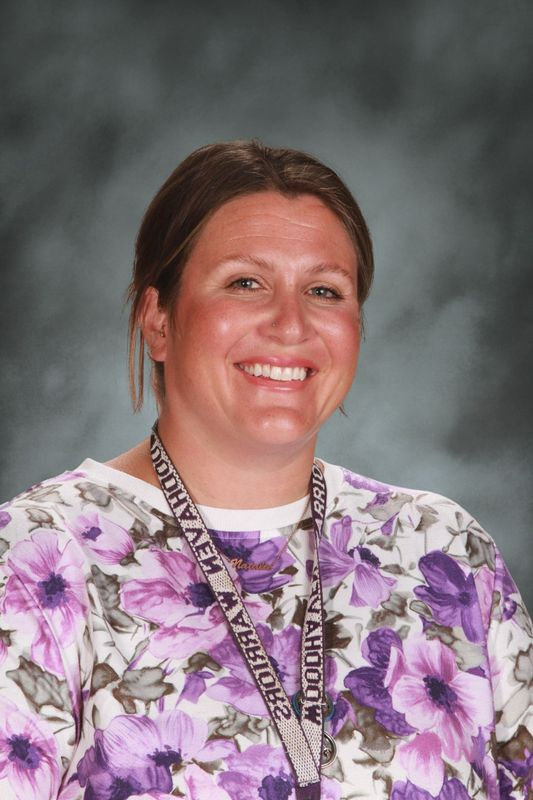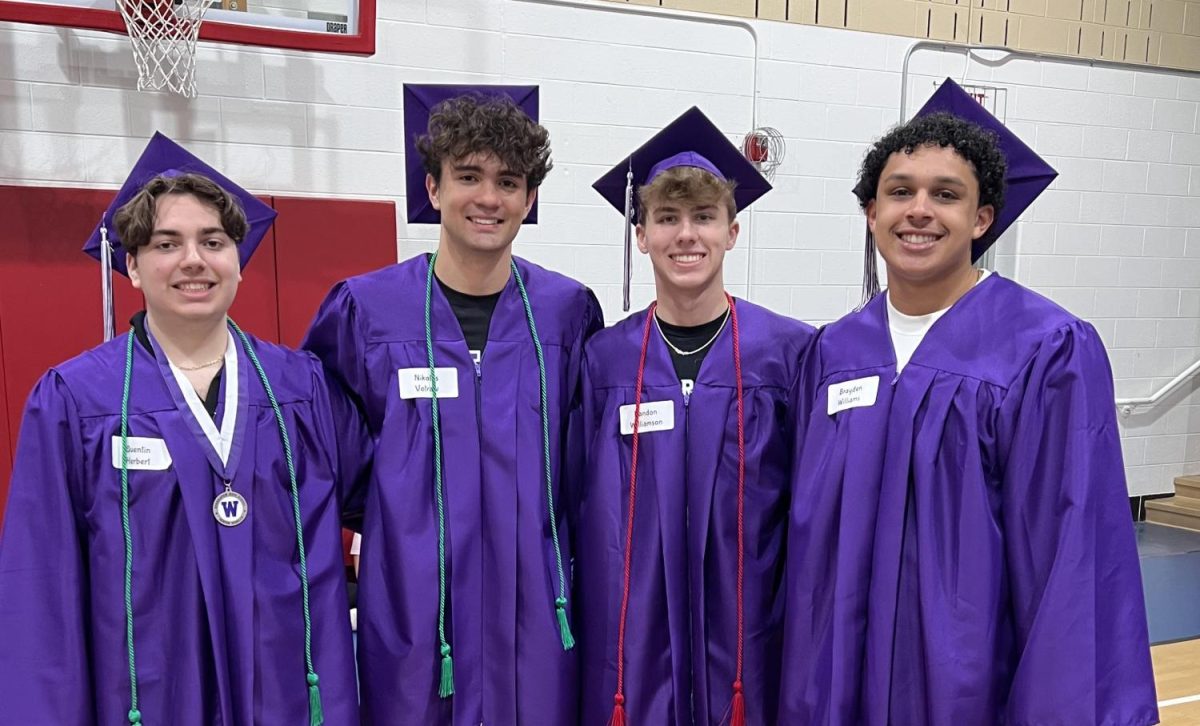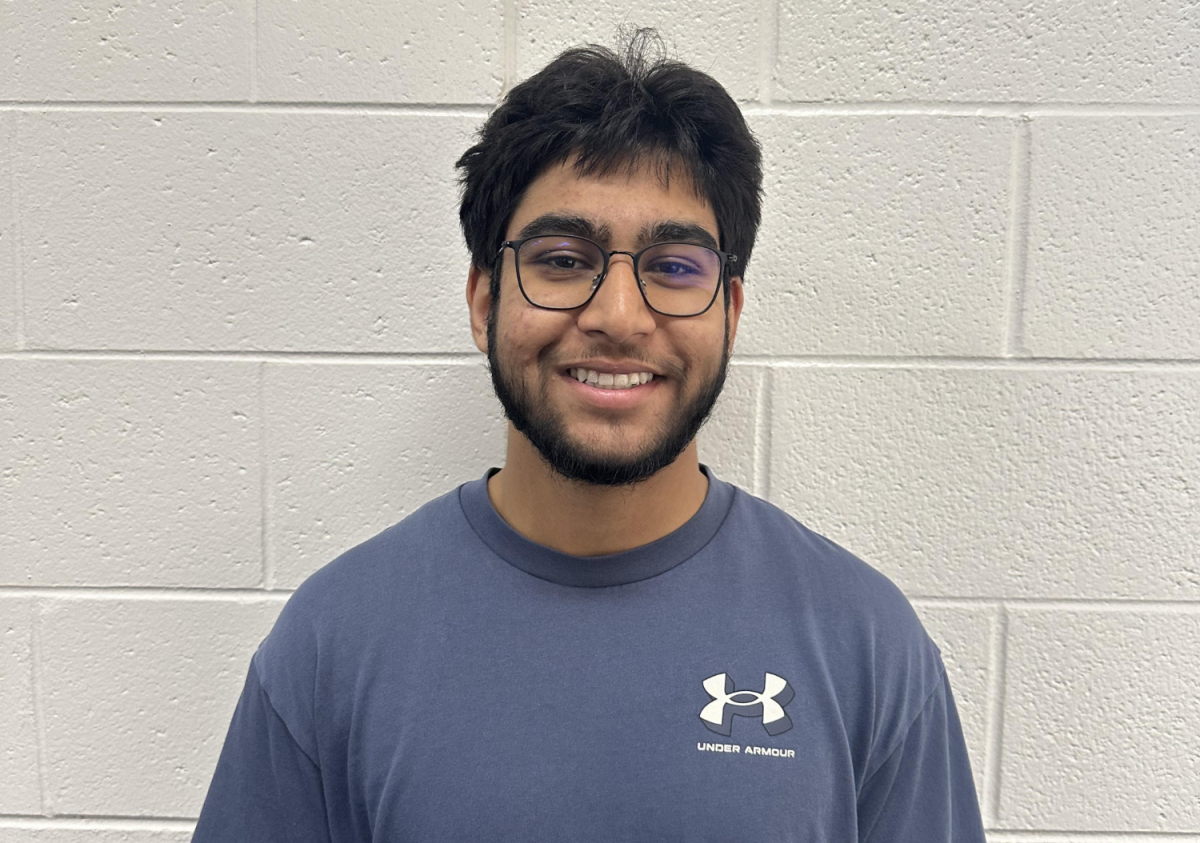Mrs. Barry plays a significant role in the Woodhaven-Brownstown School District, acting as Woodhaven High School’s virtual mentor and Maple Grove’s program lead. She recently transitioned to Maple Grove– the alternative high school– after teaching government for many years. With a few years on her belt, she has some stuff to say about Maple Grove and its future with her as lead.
Tell us about Maple Grove Alternative High School and how it aims to impact students.
Maple Grove is considered an online alternative high school, and “alternative high school” typically means school and education without barriers. For example, the typical school day would be a barrier for some students or the amount of credits that Woodhaven requires, versus the state, is sometimes a barrier for students, so ours is the minimum state requirement. So, students who did not do well in the traditional school setting or are unable to do school for health reasons, have this opportunity to graduate.
What do Maple Grove students do each day and how does it compare to Woodhaven High School students?
We are on trimesters, so each trimester students get three classes that they are supposed to finish, as opposed to six in the high school each semester. So, in a Maple Grove school year, students get 9 classes as opposed to 12. The benefit is that students are able to work at their own pace– meaning that just because you’re given 3 per trimester, you could complete 6 if you work well. So, there is a lot of opportunity to catch up that way, if needed. Students are behind in credits when they come to us, so it is just an opportunity to catch up. Because of COVID and online learning, the last two years we have had some students have a pretty light load in their last trimesters, but they still can’t get their diploma until the end of their cohort year.
What is a typical route for Maple Grove students after they graduate?
Most of the time, students go straight into the workforce. We do have some students that will go to community college or trade school, but most of them enter the workforce. They are still able to be in a vocational program, too, and do Maple Grove at the same time– most of our students are either in construction or welding.
Transitioning to you, what is your job at Maple Grove– both administratively and as a student mentor?
My role is titled “student mentor” and “program lead” for Maple Grove, so I am the one who schedules classes and checks in with them on a weekly basis to make sure everything is going okay since it is virtual. I check to make sure they’re on pace or if they need help talking with their teachers. Sometimes students are transitioning back to the high school so I help facilitate that process– really just try to motivate them to finish their classes and push them towards graduation.
If you could implement anything into Maple Grove, whether it be for the students, staff, or general system, what would you do and how?
Moving forward, I would really like to make Maple Grove students have more access to after graduation opportunities like those that are offered at the high school. Mrs. Williamson and I just went to a trade school training about the skill trades in Detroit and how students can apply for that. I’d like to play more of a counselor role on that side, as far as job openings and when college applications are due. I’d also like to go to a training for all of the different skill trade schools available and try to give students some options after high school that they may not know about because currently, we don’t really have that piece.
It is known that you are a student mentor for WHS’ students who enroll in virtual classes. How do you balance the two and what is the classroom dynamic shared between the two parties?
For the virtual students, I just schedule them and this is the room they typically take the class in. I try to encourage students to stay on pace and I put grades into MiStar, so parents and faculty can see exactly where the students are on a weekly basis. The virtual students don’t really take too much time, whereas most of my time is spent on Maple Grove, parents, or phone calls. I would say one day a week is dedicated to the administration of virtual classes.
How have virtual classes been this year with the influx of students enrolling in them?
I was definitely a classroom teacher, so having virtual students is something I love because I still get to see students that I otherwise wouldn’t. Maple Grove students come in once a week, maybe, so sometimes I really miss having those daily interactions. I don’t think the virtual classes are as rigorous as in-person ones, though, so sometimes I think that students are in classes that they don’t necessarily need to be in. I like having them though because of the interactions.
Does the district plan to change any policies with online learning due to the influx?
I’d like to see students put into a virtual class if there is no other option– if there is a schedule conflict, or if there is a student who really has an interest in a class that we don’t offer. Right now, at the end of the year, students are failing classes that they are currently in at the high school and they are failing that class, and then they’re putting them in a virtual class to make up the credit, which is okay with me, too. But I think that there should be a reason why they’re taking it besides just it being an easier class.
Would you want certain classes to transition into in-person classes, and if so, why?
ASL was really popular this year– if they could get an in-person teacher, I do think there would be students who would take it. I don’t think nearly as many students would take it, but I definitely think it would be more beneficial for students to have an actual teacher for that class, rather than trying to do it online.
In your opinion, has technology been a blessing or a curse for your mix of students?
I think the virtual option for Maple Grove gives students an opportunity to graduate that would struggle in a typical 7-2:30 setting. I think students are able to work, able to go to appointments, able to finish the class on their own time; and having it online allows them to do it. So, again, if we’re talking about education without barriers, this is really a self-motivated program. The problem is Maple Grove students have struggled academically, so if they don’t have the drive to do it, it isn’t really benefiting them– it makes school even more difficult. So, there definitely are pros and cons to a virtual program; but, overall, I do think it provides students an opportunity to do well in school that they typically wouldn’t have.






